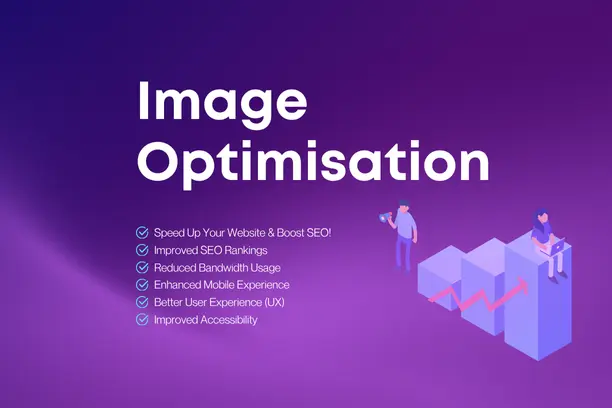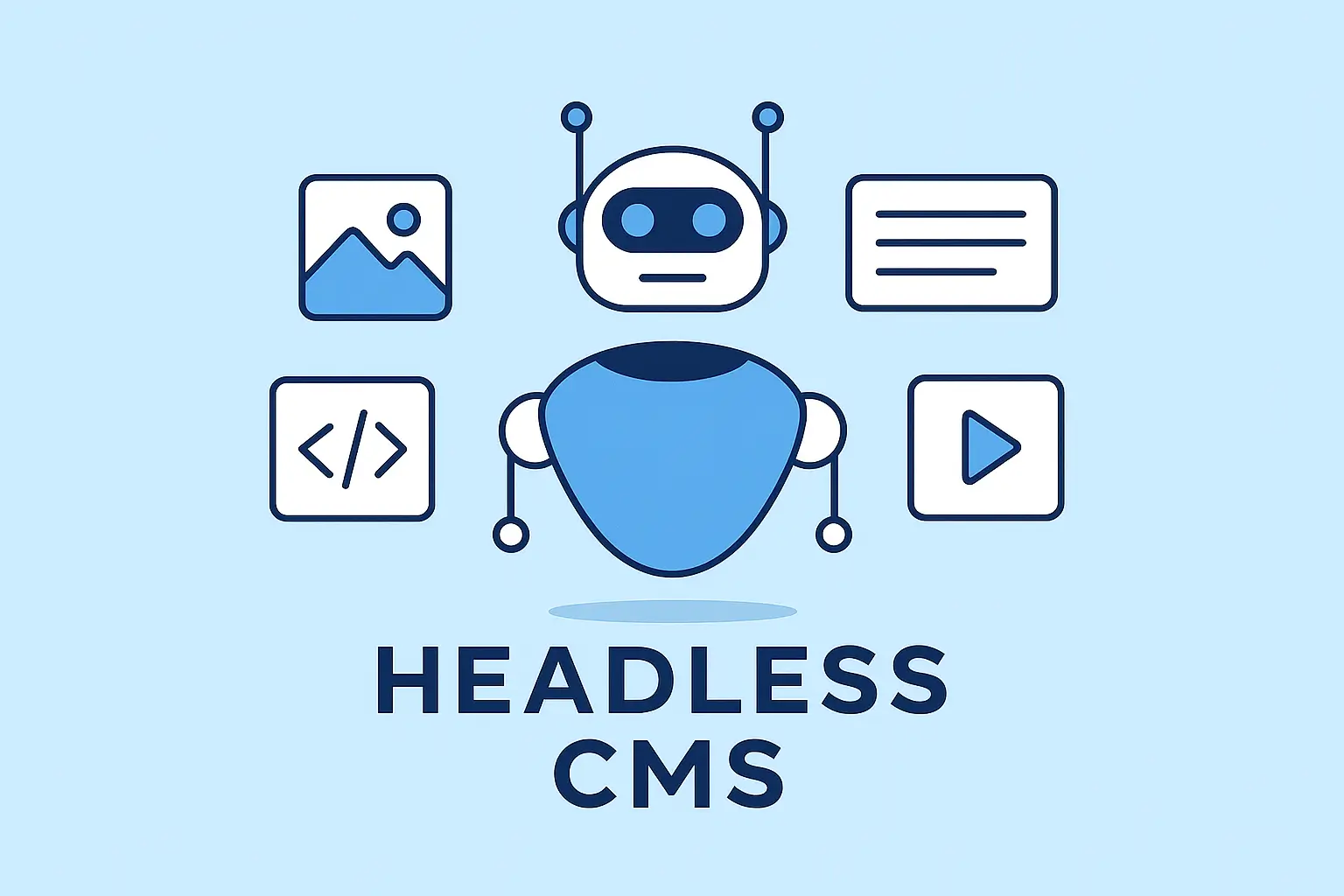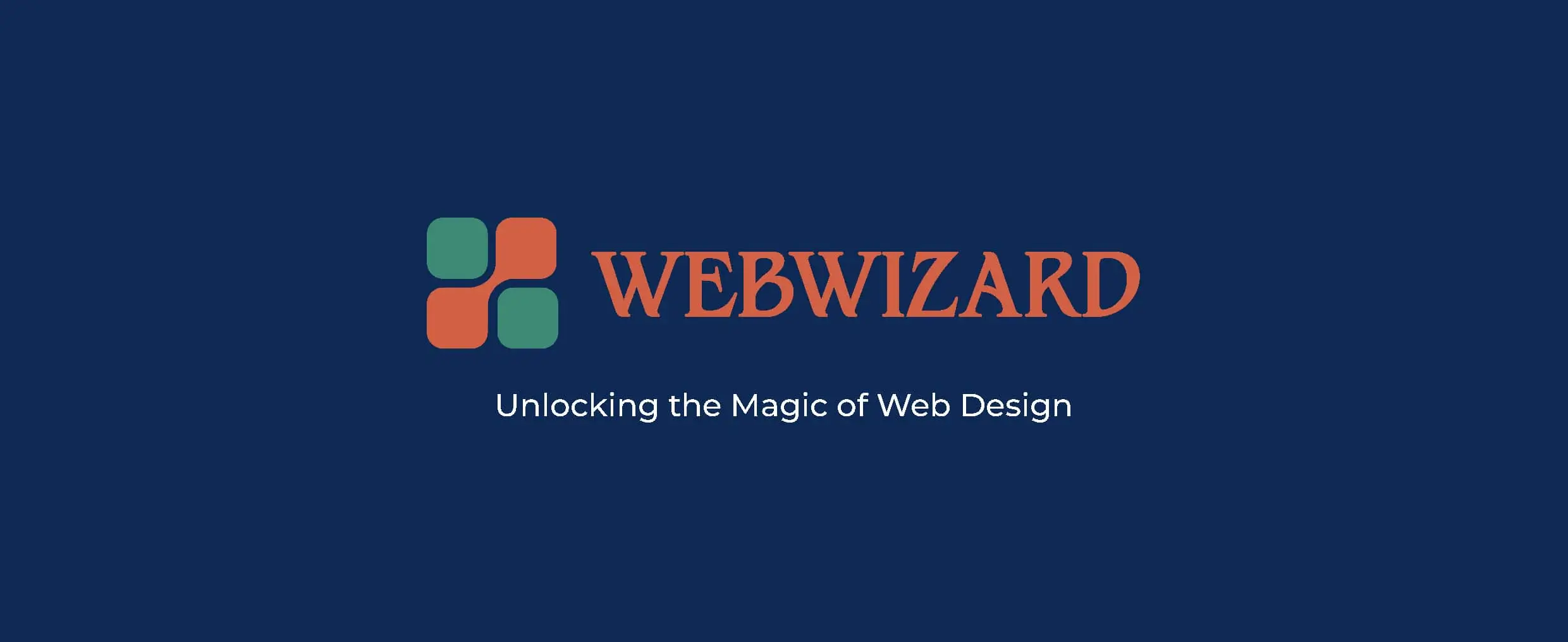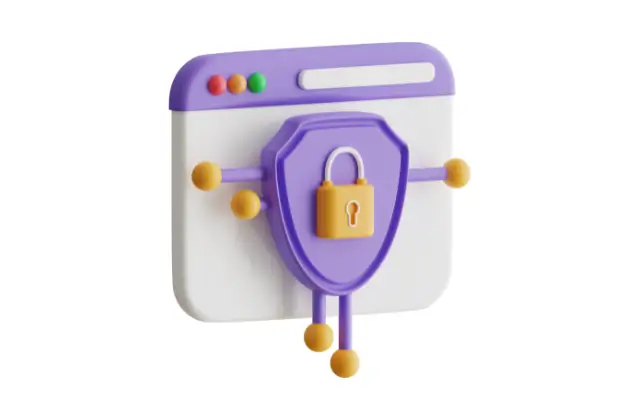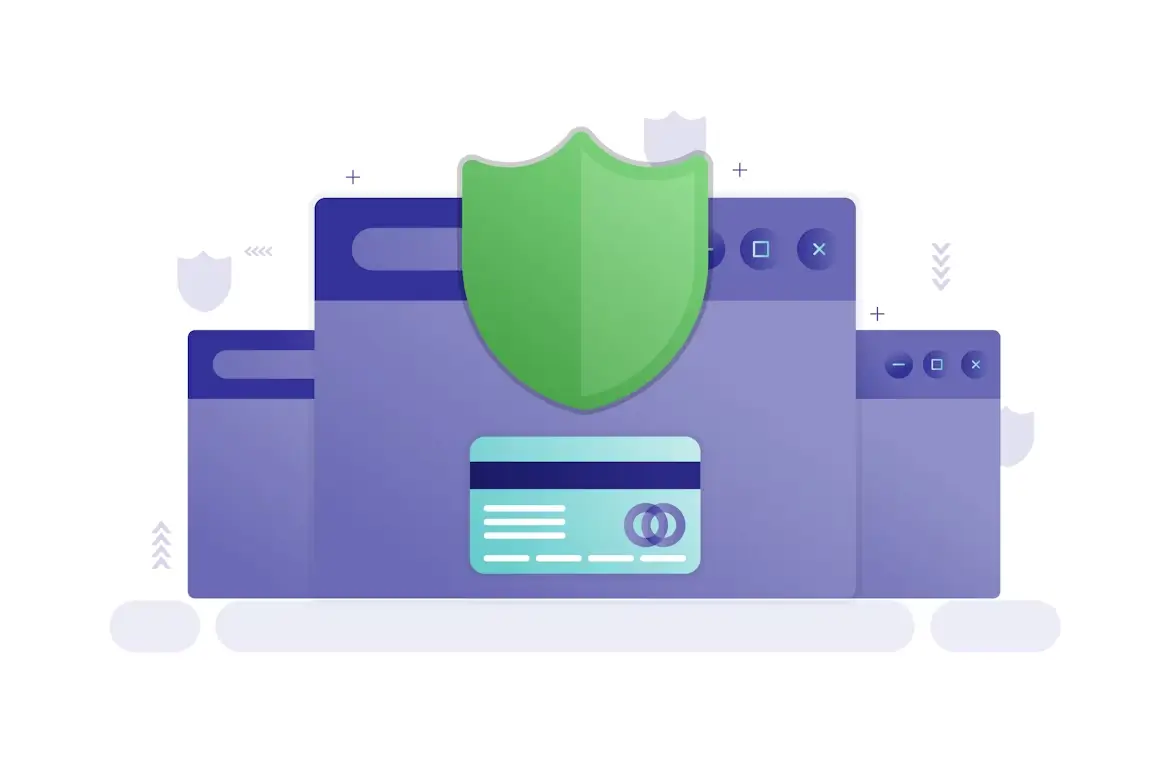Updatated on Aug 21, 2024
Introduction
In the digital world, "web design" and "website development" are often mixed up, but they refer to different parts of building a website. Knowing the difference is important, whether you're a business owner wanting a website or someone keen to enter the tech industry. This post will explore the roles, skills, and processes involved in web design and website development, showing how they work together to create a successful online presence.
What is Web Design?
Web design is all about the visual and interactive aspects of a website. It focuses on how a website looks, feels, and how users interact with it. Web designers are in charge of creating the layout, choosing the colour scheme, selecting typography, and shaping the overall appearance of a website. Their goal is to design a site that is both visually appealing and easy to use.
Key Aspects of Web Design
-
Visual Design:
- Visual design involves creating a consistent look and feel for a website by choosing colours, fonts, and images that match the brand’s identity.
- Consistency: Keeping the design consistent across all pages is vital for a professional look and a positive user experience.
-
User Experience (UX) Design:
- UX design ensures that a website is easy to navigate and enjoyable to use. This includes logically organising content, creating intuitive navigation, and making sure the website meets user needs.
- Usability Testing: Web designers often run usability tests to find and fix issues that could disrupt the user experience.
-
User Interface (UI) Design:
- UI design focuses on the interactive parts of a website, like buttons, forms, and sliders. UI designers work to make these elements both functional and visually pleasing.
- Interactive Design: This includes designing features that encourage interaction, such as standout call-to-action buttons that are easy to click.
-
Responsive Design:
- With more people using mobile devices, responsive design has become standard. It ensures a website looks and works well on all devices, from desktops to smartphones.
- Fluid Layouts: Responsive design uses flexible grids and images to adjust to different screen sizes.
What is Website Development?
Website development is the process of bringing the web design to life. It involves writing the code that makes a website functional. Web developers handle the technical aspects, making sure the website works properly and efficiently.
Key Aspects of Website Development
-
Front-End Development:
- Front-end development, or client-side development, involves coding the visual elements of a website that users interact with directly. This includes using languages like HTML, CSS, and JavaScript to bring the designer’s vision to life.
- Interactivity: Front-end developers add animations, transitions, and other dynamic features to make websites interactive.
-
Back-End Development:
- Back-end development, or server-side development, deals with the behind-the-scenes workings of a website. This includes managing databases, servers, and application logic.
- Server Management: Back-end developers use languages like Python, Ruby, PHP, and frameworks like Django or Node.js to handle data processing and server management.
-
Full-Stack Development:
- Full-stack developers are skilled in both front-end and back-end development. They can build and manage an entire website, from the user interface to the server-side logic and database management.
- Integration: Full-stack developers ensure that the front-end and back-end of a website work together seamlessly.
-
Content Management Systems (CMS):
- Web developers often work with CMS platforms like WordPress, Joomla, or Drupal to build websites that can be easily managed by non-technical users.
- Customization: Developers may modify a CMS to meet specific needs, integrating plugins, themes, and custom code.
The Collaboration Between Web Designers and Web Developers
While web design and website development are distinct roles, they are closely connected. Successful website projects require collaboration between designers and developers to ensure the site is both visually appealing and technically sound.
-
From Design to Development:
- After the design is finalised, developers turn the static designs into a functional website. Clear communication is essential to ensure that the design is accurately implemented.
-
Iterative Process:
- Web design and development often involve an iterative process. As the website is developed, designers and developers may need to work together to make adjustments, whether it’s refining the design for better performance or making technical changes to enhance the user experience.
-
Continuous Improvement:
- Even after a website is launched, designers and developers continue to collaborate to update and improve the site based on user feedback and new trends.
Choosing Between Web Design and Website Development
If you’re thinking about a career in the web industry, choosing between web design and web development depends on your interests and skills.
-
Creativity vs. Technicality:
- If you’re passionate about art, design, and understanding user behaviour, web design might be your path. It allows you to express creativity while shaping how users interact with a website.
- If you enjoy problem-solving, coding, and building functional systems, web development might be more up your street. It provides the satisfaction of creating the underlying structure that powers websites.
-
Tools of the Trade:
- Web designers usually work with design software like Adobe XD, Sketch, or Figma to create their designs.
- Web developers use coding languages and frameworks like HTML, CSS, JavaScript, Python, and others, depending on whether they focus on front-end or back-end development.
-
Career Opportunities:
- Both web designers and developers are in high demand, with job opportunities in various industries, from tech startups to large corporations. Full-stack developers, in particular, are highly sought after for their ability to handle both design and development tasks.
Conclusion
Web design and website development are two sides of the same coin, each playing a vital role in creating a successful website. While web design focuses on the visual and experiential aspects, website development brings those designs to life through coding and technical implementation. Whether you’re looking to build a website or pursue a career in the field, understanding the difference between these roles is key to reaching your goals.
By appreciating the unique contributions of both web designers and developers, we can better understand how these professionals work together to create the websites that power our digital world.


